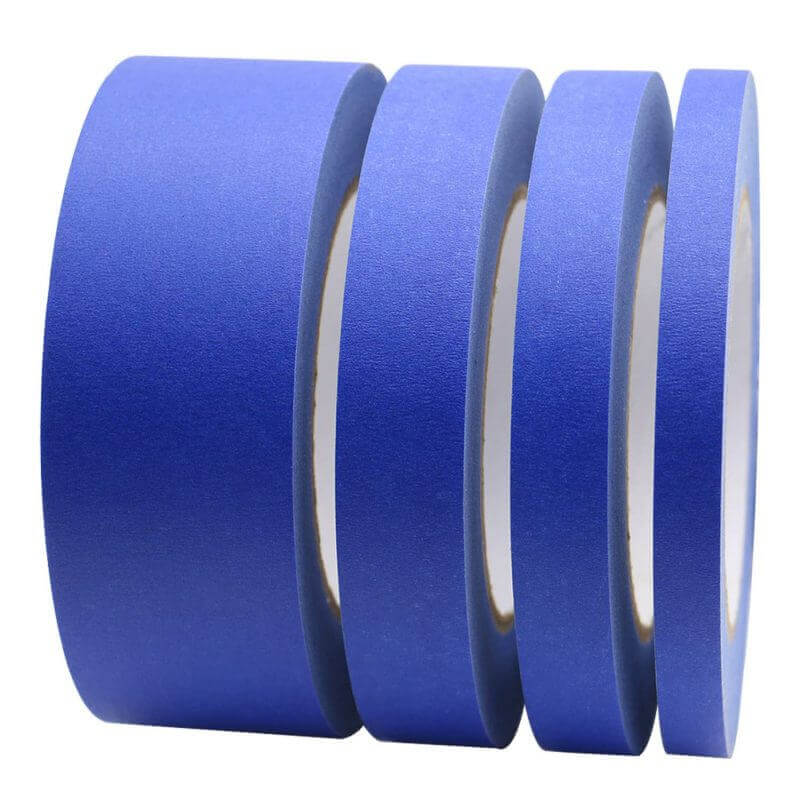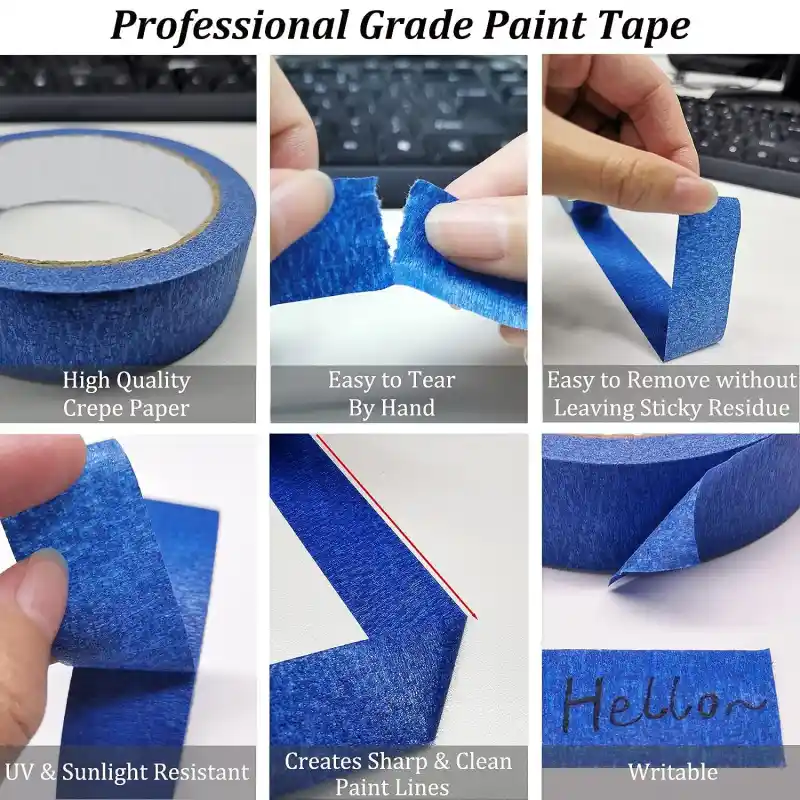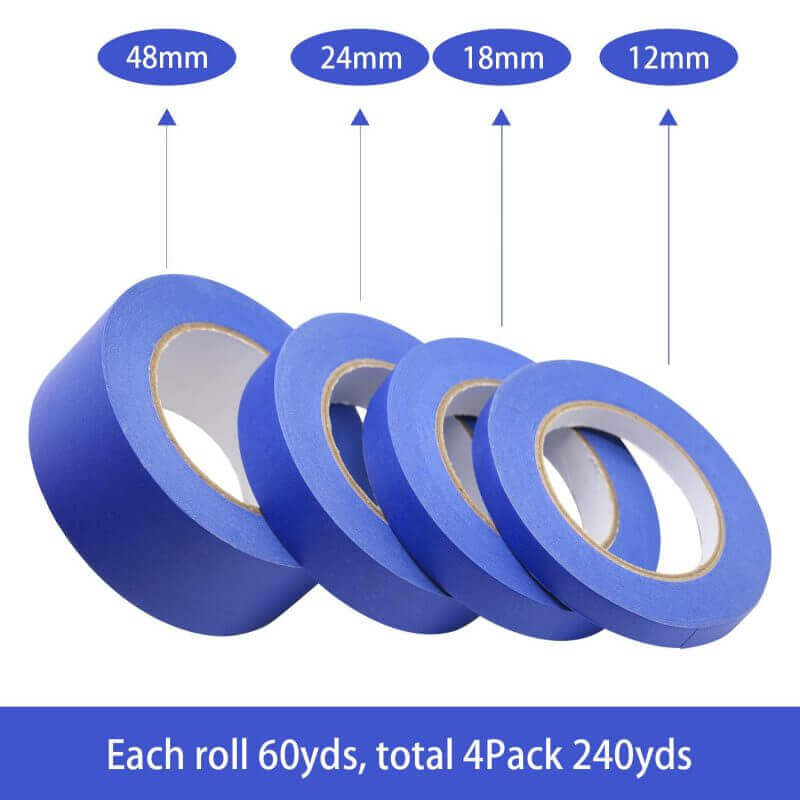In the decoration industry, painter’s tape is one of the must-have items for DIY enthusiasts. Whether you want to make a small gift for a family member or friend or add some personalized decoration to a room, painter’s tape can make the most of your creativity.
Knowing how to paint a ceiling may seem like a simple task, but the truth is, that many of us don’t know the ins and outs that can save time and produce better results. With the right tools, methods, and order, you can avoid confusion and allow yourself to complete tasks with ease.
Table of contents
- How to use tape for painting walls
- The use of painter’s tape
- Product features and advantages:
- Application field of the product:
- Tape For Painting Walls FAQ
- Related information
How to Use Tape to Paint Walls
Surface Preparation and Tape Application Learn the basics of good masking in six easy steps so individuals can apply wall tape like a pro without damaging the paint. Share it with everyone below:
First, the tools we prepared → tape, paint, paintbrush, roller
- Clean the surface of the wall to be bonded
With the tools ready, we can get started. First of all, make sure to fill in the holes in the wall before applying the base color. If you plan to paint a funnel-shaped decorative wall like me, you need to deal with the uneven areas. The next step is to determine the base color as the dividing line. Personally, I chose white to contrast with the other two colors.
- Innovation with a clear edge
After the holes are filled and sanded, we can use (painters blue tape) to stick the edges of the wall to be painted. This is done to avoid leaving paint on other walls. The tape is not very sticky and will not damage the wall.
- Measure size
Here comes the point! We need to measure the length of the wall and find the middle point. Once we find it, stick the tape vertically and continue the same steps until we reach the desired size.
- Mark location
For the same reason, you also need to measure the height of the wall and then divide it into equal parts. Remember to have a marker with you, either a pen or a pencil, to mark where you want to apply the tape.
- Paint the walls
Paint the stripes favorite color, including the tape, and let it dry. As a reminder, painting is very simple. The only thing you need to pay attention to is when painting the edges of the color-separated wall, remember to be meticulous and meticulous! Avoid painting in other spaces.
- Remove the tape
After waiting for 5-10 hours to dry, I finally peeled off the tape. Wow, the funnel-shaped decorative wall I had been looking forward to for a long time was finally completed. It is really amazing.
It would be too monotonous to just paint a white wall, so I would stick it with tape myself, and my neighbors would praise the color-coded wall because it looks good. The steps are shared here. If you also like this design, buy it now (blue painters tape 1 inch or 2 inches wide) and try it.
Why Use Painters Masking Tape When Spray Painting?
When renovating a new house or renovating an old house, in order to prevent the paint from contaminating items during the construction process, masking tape is used to protect the area. This not only allows the construction workers to quickly paint the walls but also does not have to worry about the paint flowing onto the floor, eliminating the hassle of later cleaning.
Wide-width painter’s tape has a wider protection range, improves construction efficiency, saves cleaning work after construction, and improves decoration quality. Therefore, construction workers must have auxiliary materials to cover the paint when decorating or painting walls.
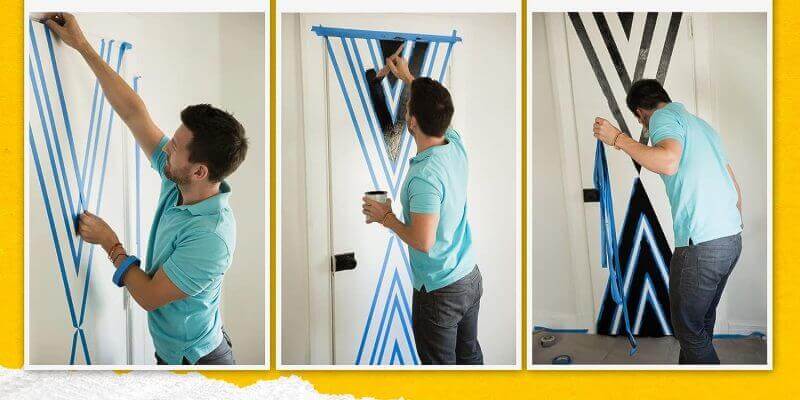
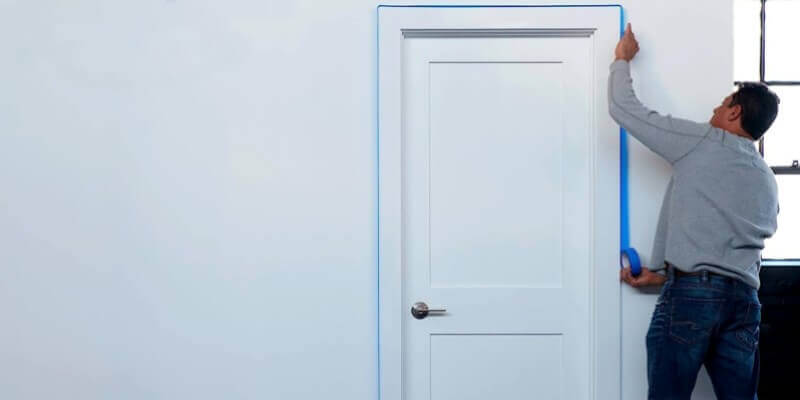
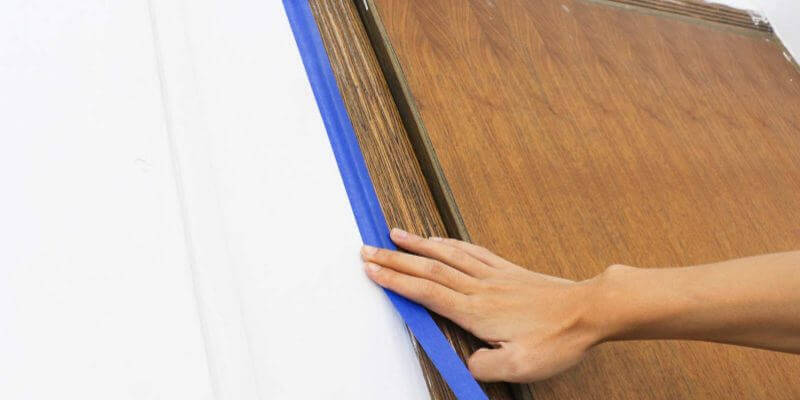
Tape for painting walls is usually made of paper or film materials, with good adhesion and tear resistance, waterproof, moisture-proof, heat-resistant, cold-resistant, and other properties. People primarily use it to protect walls, floors, doors, windows, and other areas that do not require painting, thus preventing any splatters on these surfaces. tape for walls without peeling paint can also be used to divide areas of different colors or patterns and play a role in positioning and marking during construction.
Product Features and Advantages
- Good temperature resistance best tape for painted walls used in the range of -40℃~150℃, not easy to warp
- Chemical corrosion resistance: able to withstand the corrosion of most chemical agents and can perfectly protect the required parts.
- When in use, the base material is easy to tear by hand, and it is convenient and quick to cut without the help of a knife, effectively improving work efficiency.
- Anti-adhesive: best tape for canvas painting It is not easy to leave residual glue while sticking and removing.
- Removes easily during construction without leaving residue or damaging wall surfaces.
- The use of special glue ensures that it can be firmly pasted without causing any damage to the wall, significantly improving its safety of use.
Product Application Fields
- Masking tape for painting windows
- Masking tape for PLUG SOCKETS walls, painting curved lines
- Masking tape for painting in a Corner canvas
- Masking Tape for ceiling wall painting
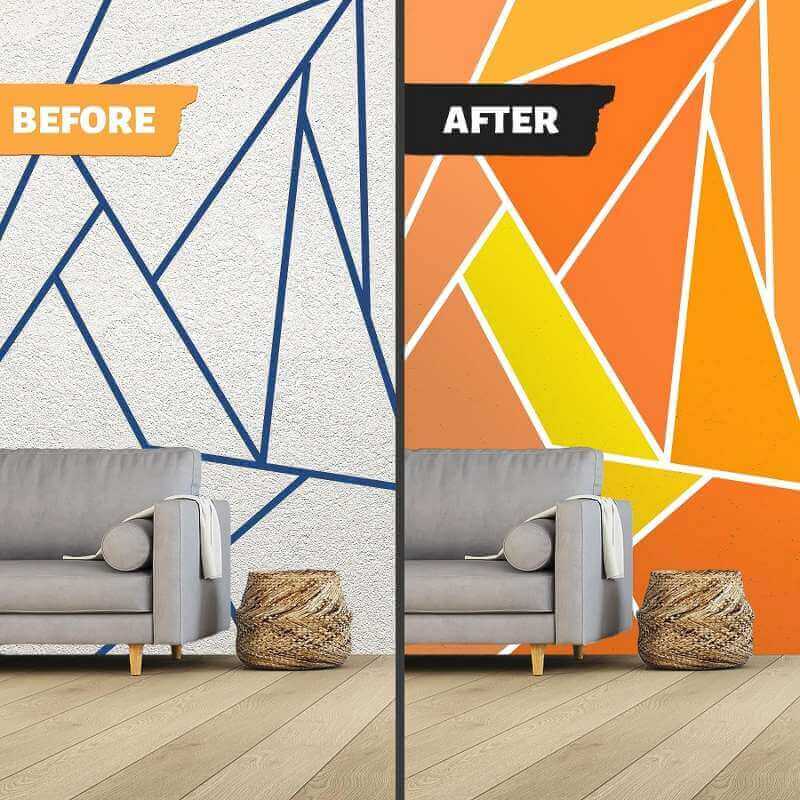
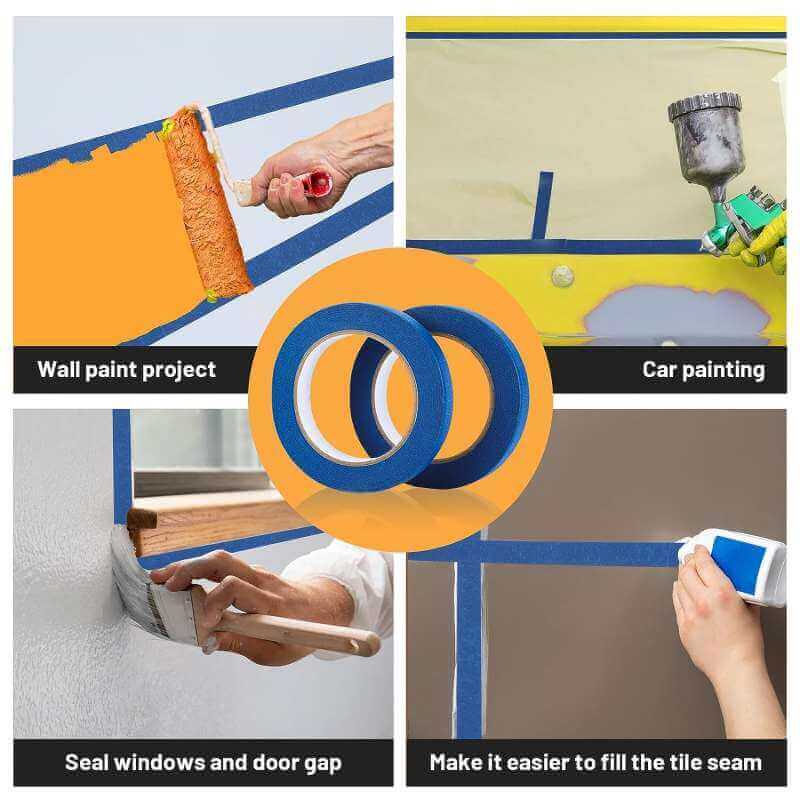
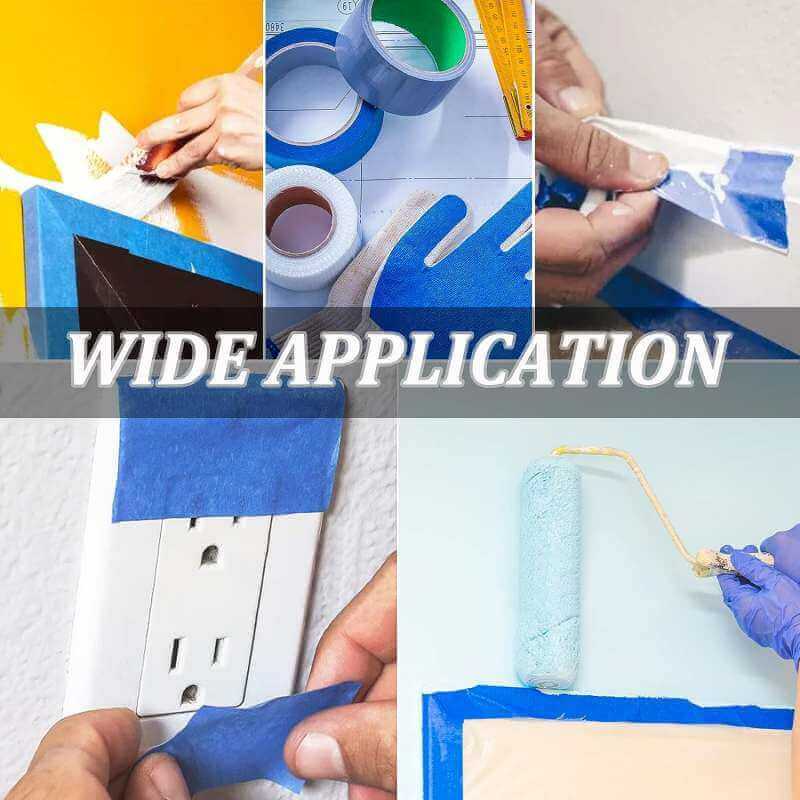
Tape For Painting Walls FAQ
- Which tape is used for wall painting?
One can select either painter’s tape or low tack masking tape, both of which offer the benefits of being not easy to penetrate, leaving no residue upon removal, and causing no damage to the wall.
- What is the best tape for painting lines on walls?
Painting Masking Tape is divided into rough surface painter’s tape and smooth surface painter’s tape. Different surfaces have different viscosities.
- What kind of tape won’t take paint off walls?
Low tack masking tape or special masking tape on the wall
- Do you need to tape walls before painting?
Of course, this is in advance for more precise edges and more accurate painting.
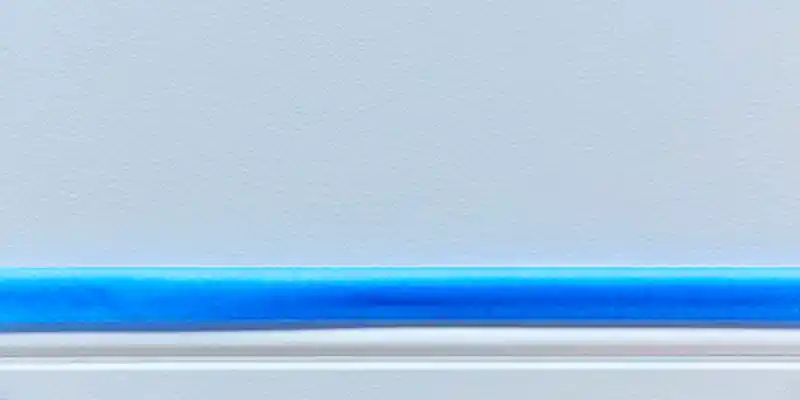
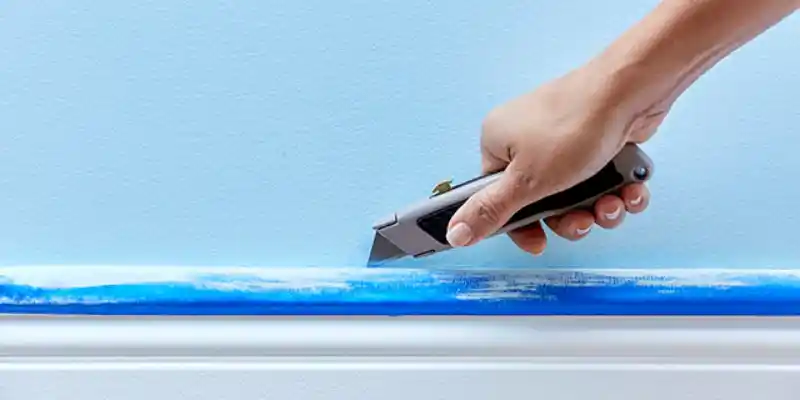
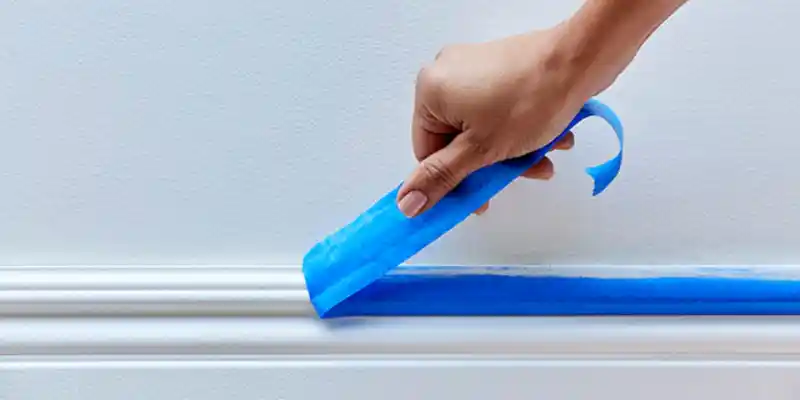
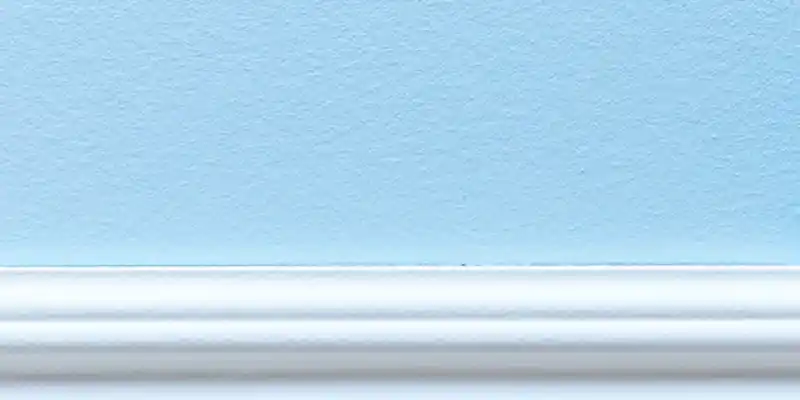
Related Information
- Tape Won’t Stick for painted walls
Is the tape not sticking properly? Usually, this is due to dirt and moisture. We have some solutions for that.
Verify if there is a need to remember to clean the surface. If there is a water stain on the surface, you can use a hair dryer to dry it, which usually allows the tape to bond to the wall surface.
- Paint-safe tape for walls Proper Removal
Wait until the paint is dry to the touch. Using a spatula to scratch along the edge of the tape prevents the paint from being pulled up by the tape and cracked along the paint line. Then, slowly peel off the tape at a 45-degree angle to achieve clear, clean edges and a professional-looking paint job.
- Best tape for painted walls also protects wooden floors
Locate a 3-foot-wide tarp or paper next to the wall in the area intended for protection, and tape the paper to the wall to prevent wall paint from falling and staining the wood floor during work.
- How to tape windows for painting
Cover and protect the wall next to the window that does not require spraying with tape.
Using Painter’s tape for painting walls can not only improve work efficiency but also help us get the desired painting effect. It is low cost, easy to use, and not easy to deglue. Painter’s tape is a good helper in our decoration and painting operations.
